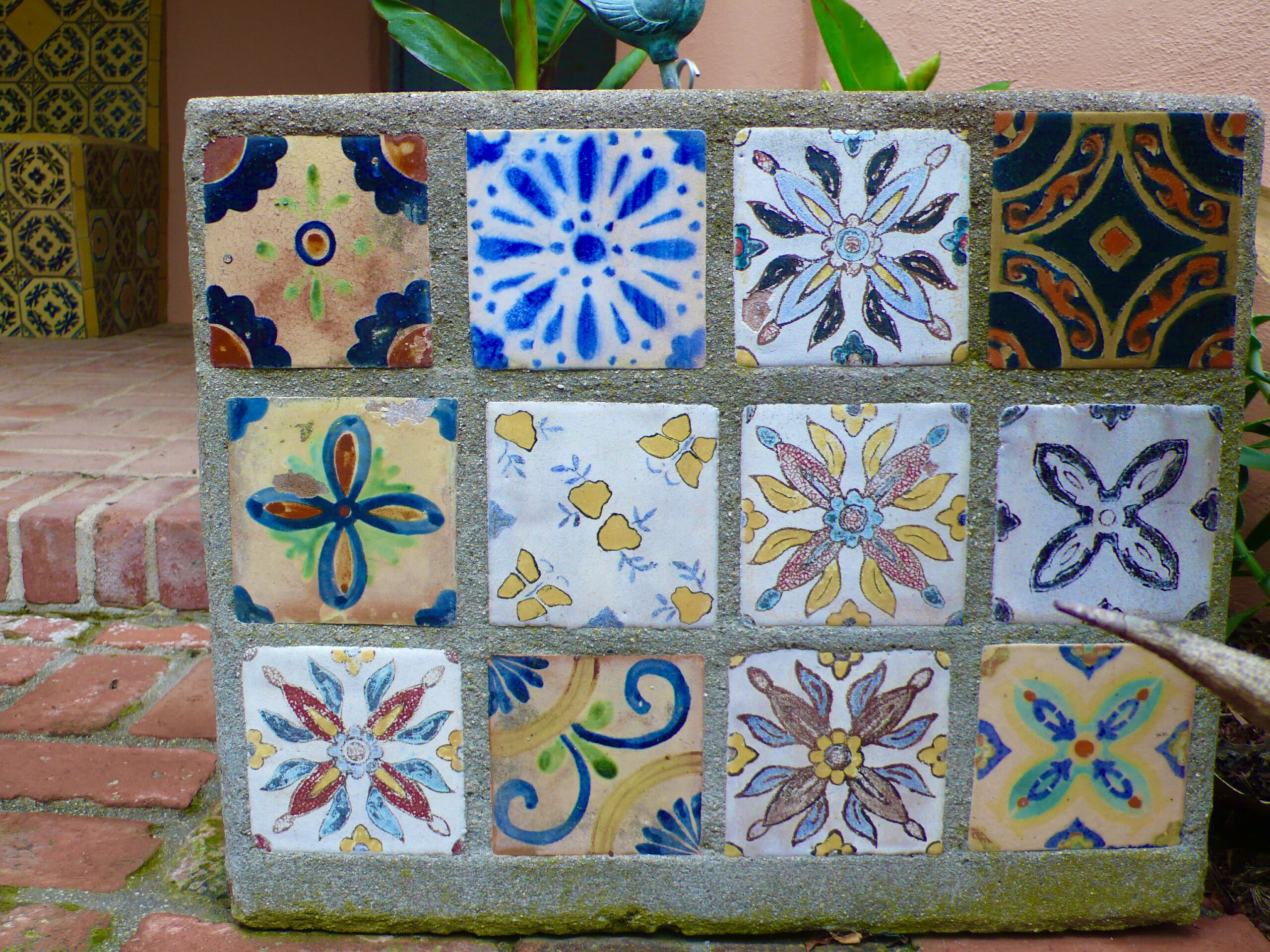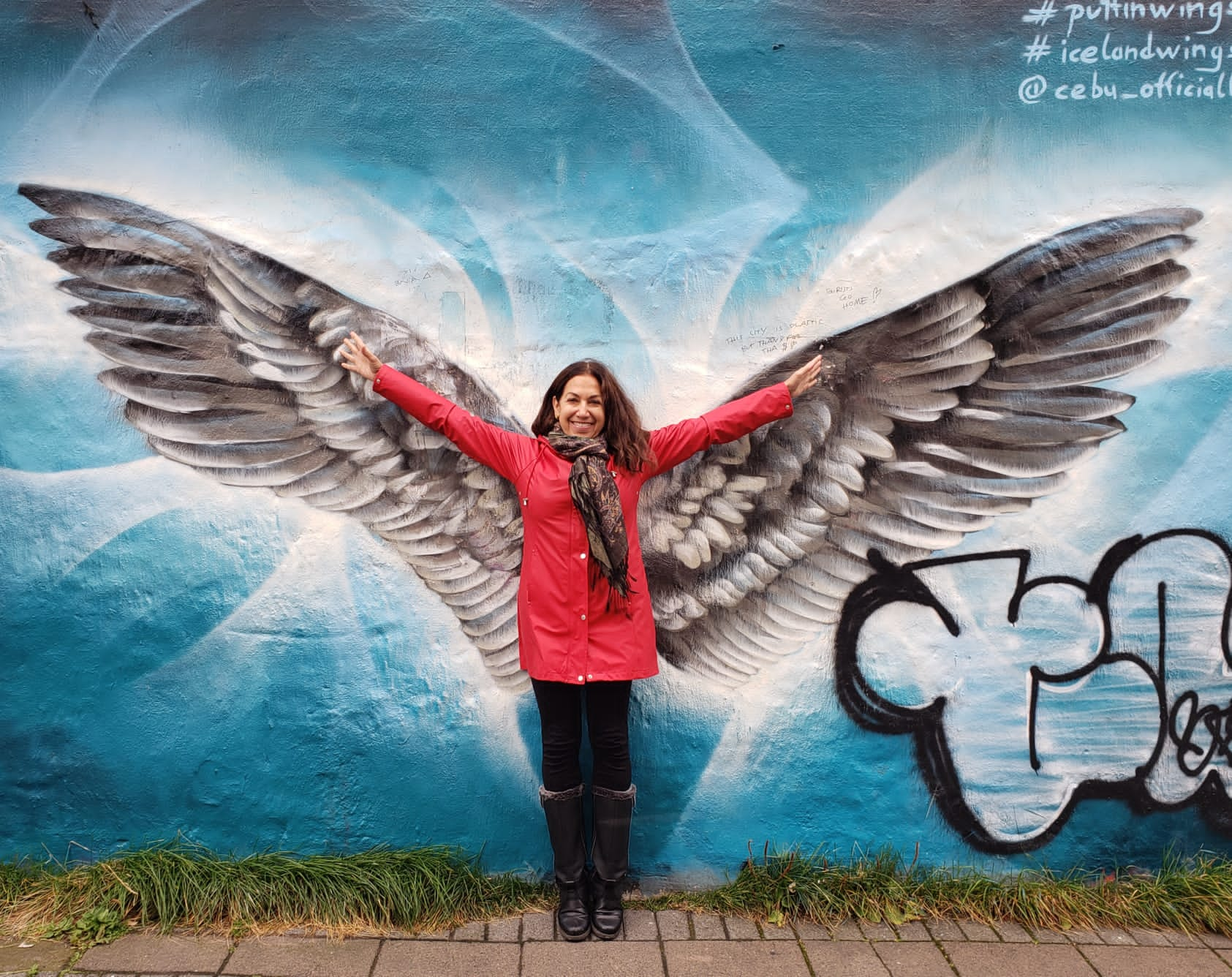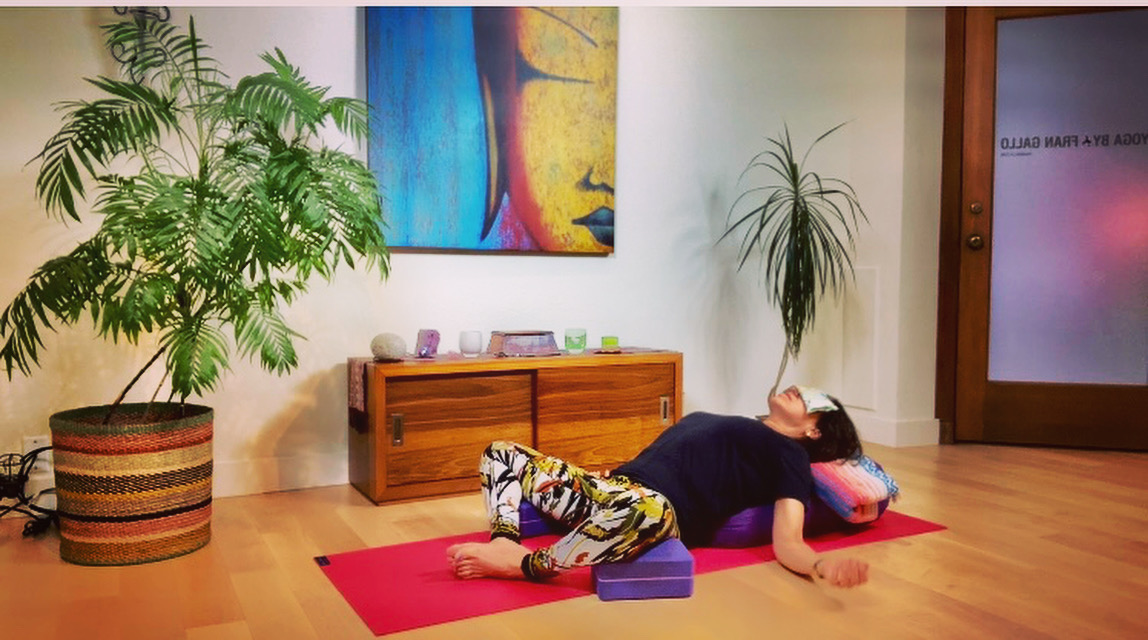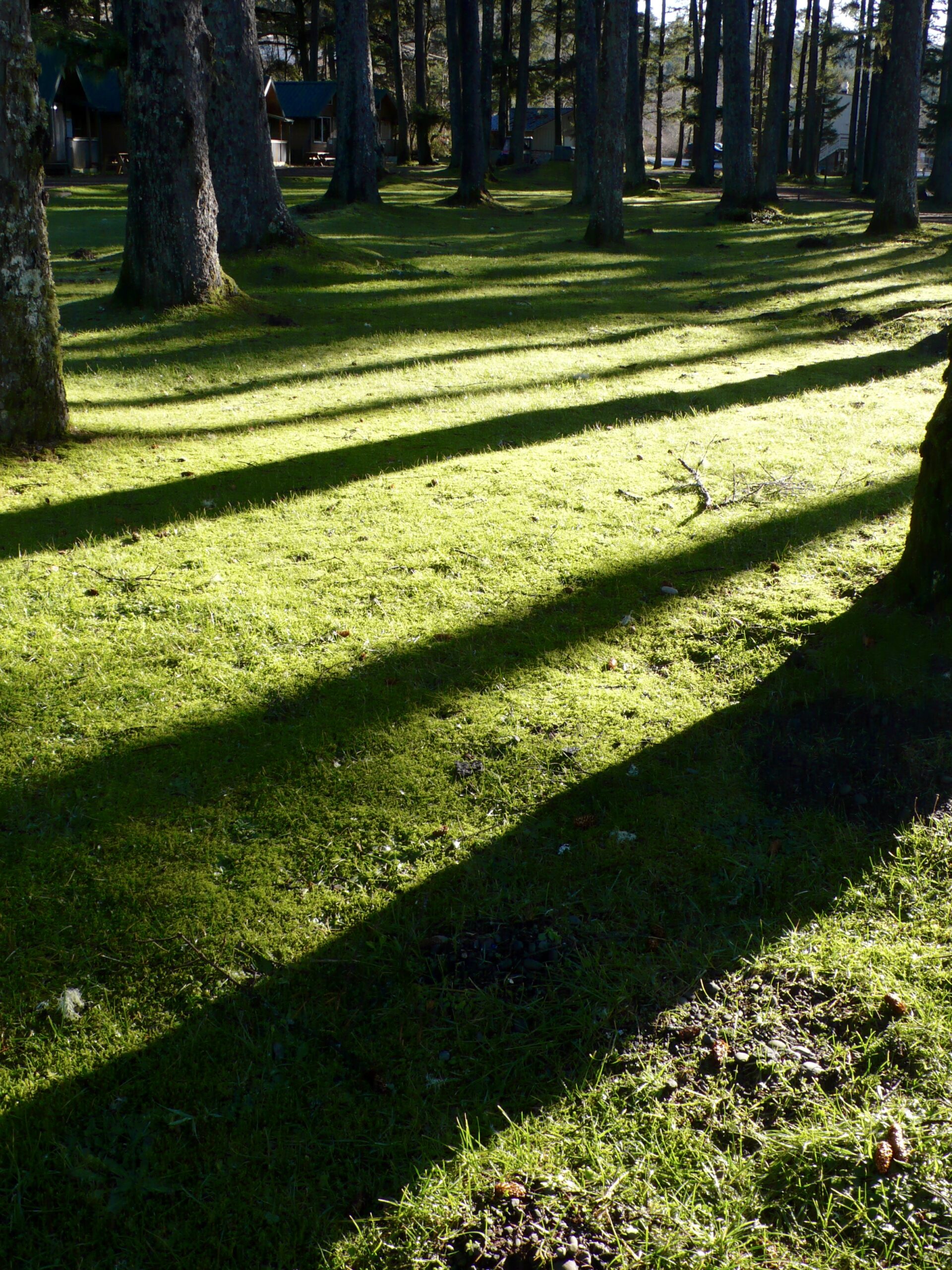A few weeks ago, I watched a moving documentary, Jane’s Journey. It is a great documentary about Jane Goodall, the work she did in the past, and the work she continues to do today with wildlife conservation.
The documentary begins with Jane’s story back in England. She wanted to go to university, but her parents didn’t have the means to send her to college. Instead, she was eventually hired by Louis Leaky to help him with his research. He wanted someone who was not formally educated at a university, an unbiased mind with no training or knowledge of wildlife and the sciences, and a sensitive woman (he did not want a male) to observe wild chimpanzees in Gombe National Park. Jane took the job! I was surprised to learn that her mother went with her and stayed close by as Jane did her observations!
In July 1960, at the age of 26, Jane Goodall traveled from England to what is today Tanzania and bravely entered the little-known world of wild chimpanzees. She was equipped with nothing more than a notebook and a pair of binoculars. But with her unyielding patience and characteristic optimism, she won the trust of these initially shy creatures. She managed to open a window into their sometimes strange and often familiar-seeming lives. The public was fascinated and remains so to this day.
Early on in the documentary, this well spoken protector of the earth and wildlife, wrote in a letter back home:
I sometimes say, “Why me? Why me? Here I am, an ordinary person, doing what I have always wanted to do. Is this life possible? Can it really be me or is it some strange hallucination?
Jane is anything but “ordinary”! Watching this documentary, I felt her great work and thought- though I know most humans are capable of such great endeavors- how many people actually accomplish anything of such magnitude? She found her passion and continues to take it even further. It was poignant to hear her say that at one point, she realized in order to help the chimpanzees, she would need to leave the forest, she would need to move outward and away from the very creatures she loved. That would be the only way for her to have a positive impact on the conservation of wildlife and environment.
Today Jane’s work revolves around inspiring action on behalf of endangered species, particularly the chimpanzee, and encouraging people to do their part to make the world a better place for people, animals and the environment we all share . The Jane Goodall Institute works to protect the famous chimpanzees of Gombe National Park in Tanzania, but recognizes this can’t be accomplished without a comprehensive approach that addresses the needs of local people who are critical to chimpanzee survival. Her community-centered conservation programs in Africa include sustainable development projects that engage local people as true partners. These programs began around Gombe in 1994, but have since been replicated in other parts of the continent. Likewise, Jane Goodall’s Roots & Shoots, which Jane started with a group of Tanzania students in 1991, is today the Institute’s global environmental and humanitarian youth program for young people from preschool through college with nearly 150,000 members in more than 120 countries.

Still connected and doing her life work of bringing awareness to the beauty and sensitivity of the wild world and all living creatures that we are a part of.
Jane’s life is something of a meditation for me. Only Jane can put it so beautifully:
“When you do something that is good, it makes you feel good.”








